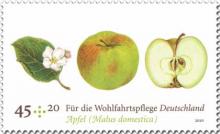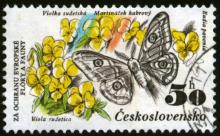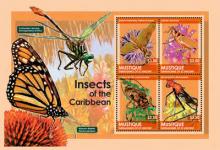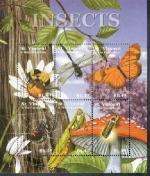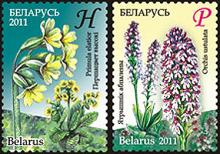Imidacloprid-Induced Impairment of Mushroom Bodies and Behavior of the Native Stingless Bee
Native stingless bees (Hymenoptera: Apidae: Meliponinae) are key pollinators in neotropical areas and are threatened with extinction due to deforestation and pesticide use. Few studies have directly investigated the effects of pesticides on these pollinators. Furthermore, the existing impact studies did not address the issue of larval ingestion of contaminated pollen and nectar, which could potentially have dire consequences for the colony. Here, we assessed the effects of imidacloprid ingestion by stingless bee larvae on their survival, development, neuromorphology and adult walking behavior. Increasing doses of imidacloprid were added to the diet provided to individual worker larvae of the stingless bee Melipona quadrifasciata anthidioides throughout their development. Survival rates above 50% were only observed at insecticide doses lower than 0.0056 µg active ingredient (a.i.)/bee. No sublethal effect on body mass or developmental time was observed in the surviving insects, but the pesticide treatment negatively affected the development of mushroom bodies in the brain and impaired the walking behavior of newly emerged adult workers. Therefore, stingless bee larvae are particularly susceptible to imidacloprid, as it caused both high mortality and sublethal effects that impaired brain development and compromised mobility at the young adult stage. These findings demonstrate the lethal effects of imidacloprid on native stingless bees and provide evidence of novel serious sublethal effects that may compromise colony survival.





